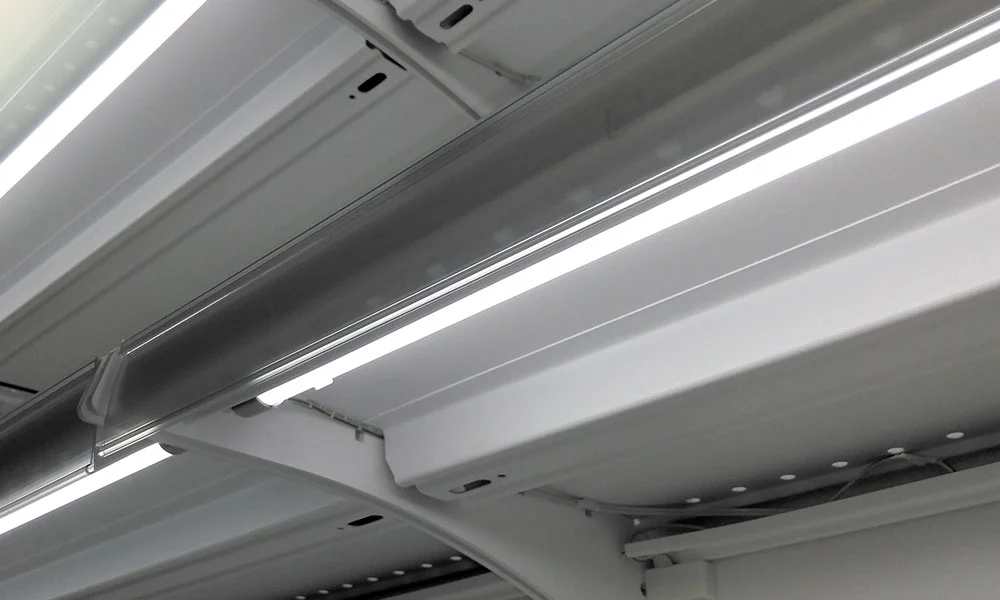As energy-efficient solutions continue to redefine the lighting industry, LED-based products are now central to a wide range of modern applications. From home interiors and signage to architectural and industrial settings, two components LED strip lights and LED modules stand out for their performance, flexibility, and broad usability.
This guide explores what makes each of these components unique, how they are applied in real-world projects, and what to look for when sourcing them for long-term use.
LED Strip Lights: Features, Applications, and Evolving Trends
LED strip lights are widely known for their slim design and ease of installation. Built on a flexible circuit board, these lights feature rows of small LEDs and are used in everything from ambient home lighting to task-oriented industrial setups.
They’re especially popular in design-driven spaces like retail stores, showrooms, and residential interiors, where the aim is to create mood lighting or enhance architectural features. Because of their flexible nature, they can easily wrap around corners, install under counters, or line ceilings and walls.
Many professionals turn to a dependable LED strip lights supplier when working on complex layouts or when projects demand specific technical configurations such as waterproof coatings, adjustable brightness, or extended strip lengths tailored to a unique space.
LED Modules: Precision Lighting for Commercial and Industrial Use
Unlike strip lights, LED modules are compact lighting units often preconfigured with specific optics or mounting options. They are commonly used in signage, channel letters, lightboxes, and outdoor displays that require consistent and focused brightness across various surfaces.
One of the standout features of LED modules is their durability. These units often come sealed for waterproofing and designed to handle challenging environments such as outdoor or industrial installations.
When choosing a reliable LED module manufacturer, it’s essential to evaluate factors like build quality, beam spread, voltage options, and compatibility with different types of signage or display systems. Consistency in color output and long lifespan are also critical when lighting needs to stay uniform over large or intricate designs.
Comparing Functionality: When to Choose Strip Lights vs. Modules
Although both lighting types serve distinct purposes, there is often overlap in their use depending on the design goals of a project. LED strip lights are ideal for linear or ambient effects, while LED modules are built for direct, high-intensity lighting in targeted areas.
Here’s a breakdown of how they compare:
| Feature | LED Strip Lights | LED Modules |
| Form Factor | Flexible strips, cuttable to length | Rigid or semi-rigid units with fixed shape |
| Installation | Adhesive back or mounting clips | Screw-mounted or snap-in connectors |
| Output Focus | Broad beam spread for area coverage | Narrow or focused beam for targeted lighting |
| Use Case Examples | Cove lighting, under-shelf lighting | Signage, architectural backlighting |
Project needs often determine which component is most suitable. For example, a restaurant may use strip lights for a cozy atmosphere and modules for illuminated outdoor signage.
Certifications and Safety Considerations
No matter which component you’re working with, always check for key certifications such as CE, RoHS, or FCC compliance. These ensure the product adheres to international safety and environmental standards crucial in commercial and public-facing projects.
Technical documentation, product datasheets, and warranty information should also be part of your evaluation checklist, especially for high-investment installations or long-term maintenance planning.
Customization, Technical Support, and Supply Chain Factors
Customization options can significantly influence performance, particularly in specialized lighting environments. Whether it’s modifying color temperatures, adjusting voltage levels, or integrating with smart control systems, access to tailored solutions often leads to more effective and efficient installations.
A supplier or manufacturer with a solid technical support system can offer more than just products they can help ensure compatibility, troubleshoot issues, and optimize lighting performance for specific project types.
Strong supply chain reliability also ensures timely delivery and consistent product quality, especially for large-scale or multi-site rollouts.
Conclusion
LED strip lights and modules have proven essential in today’s lighting landscape each serving unique purposes in design, functionality, and application. Understanding their strengths, technical differences, and sourcing criteria empowers designers, contractors, and architects to make smarter, longer-lasting lighting decisions.
By focusing on quality, compliance, and real project needs, professionals can create lighting environments that are efficient, adaptable, and future-ready.
Related posts
Recent Posts
Advertisement



